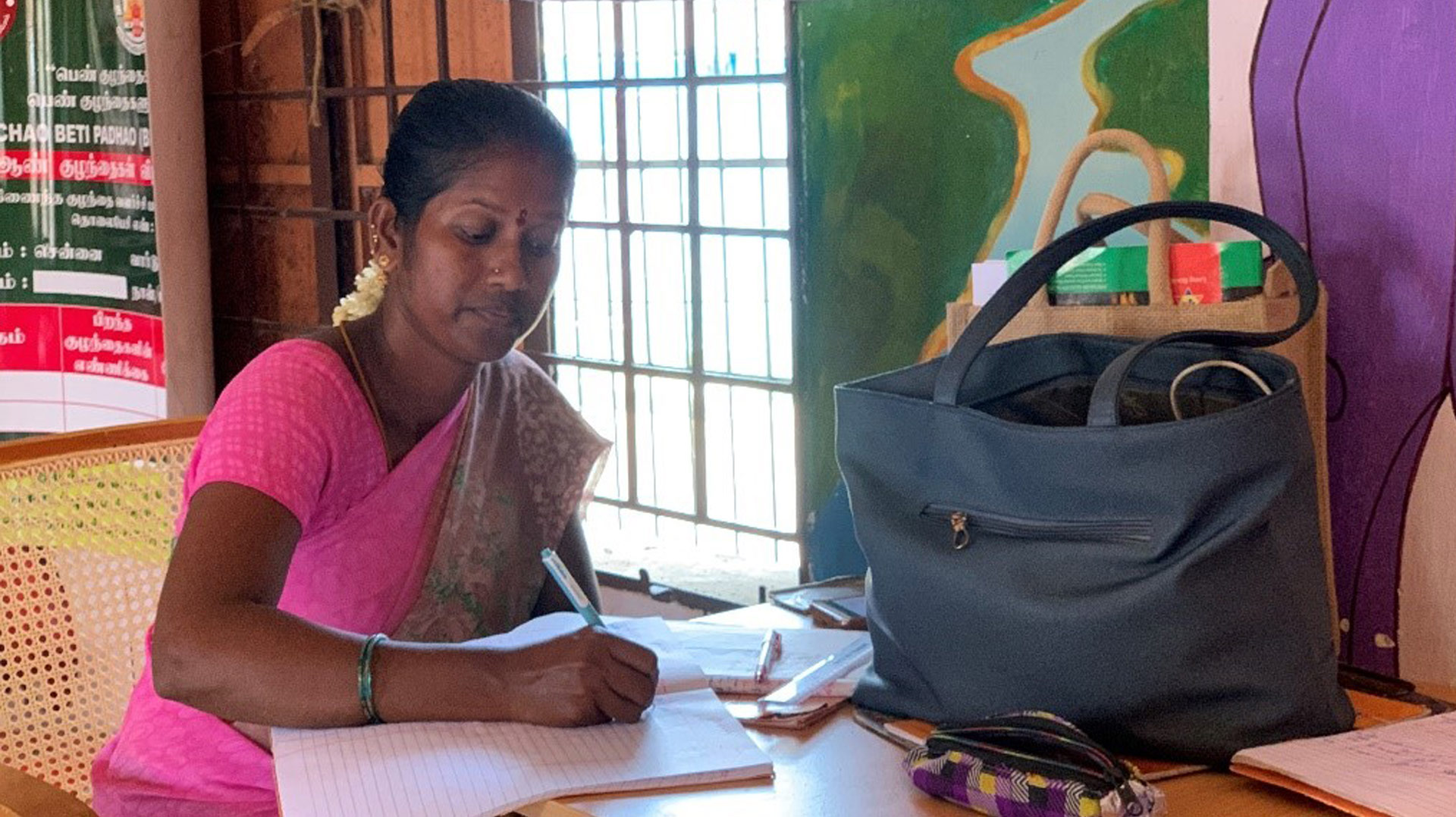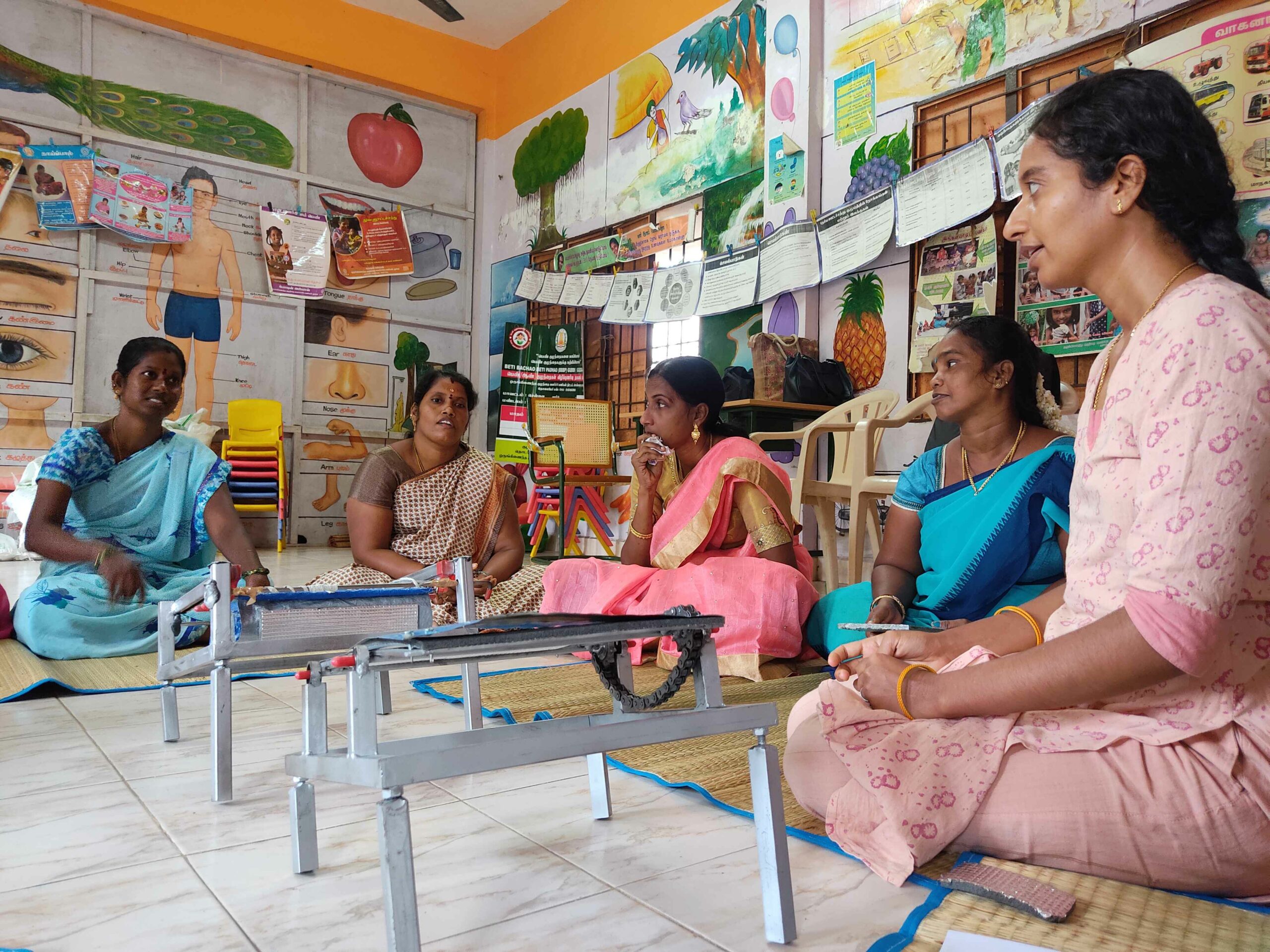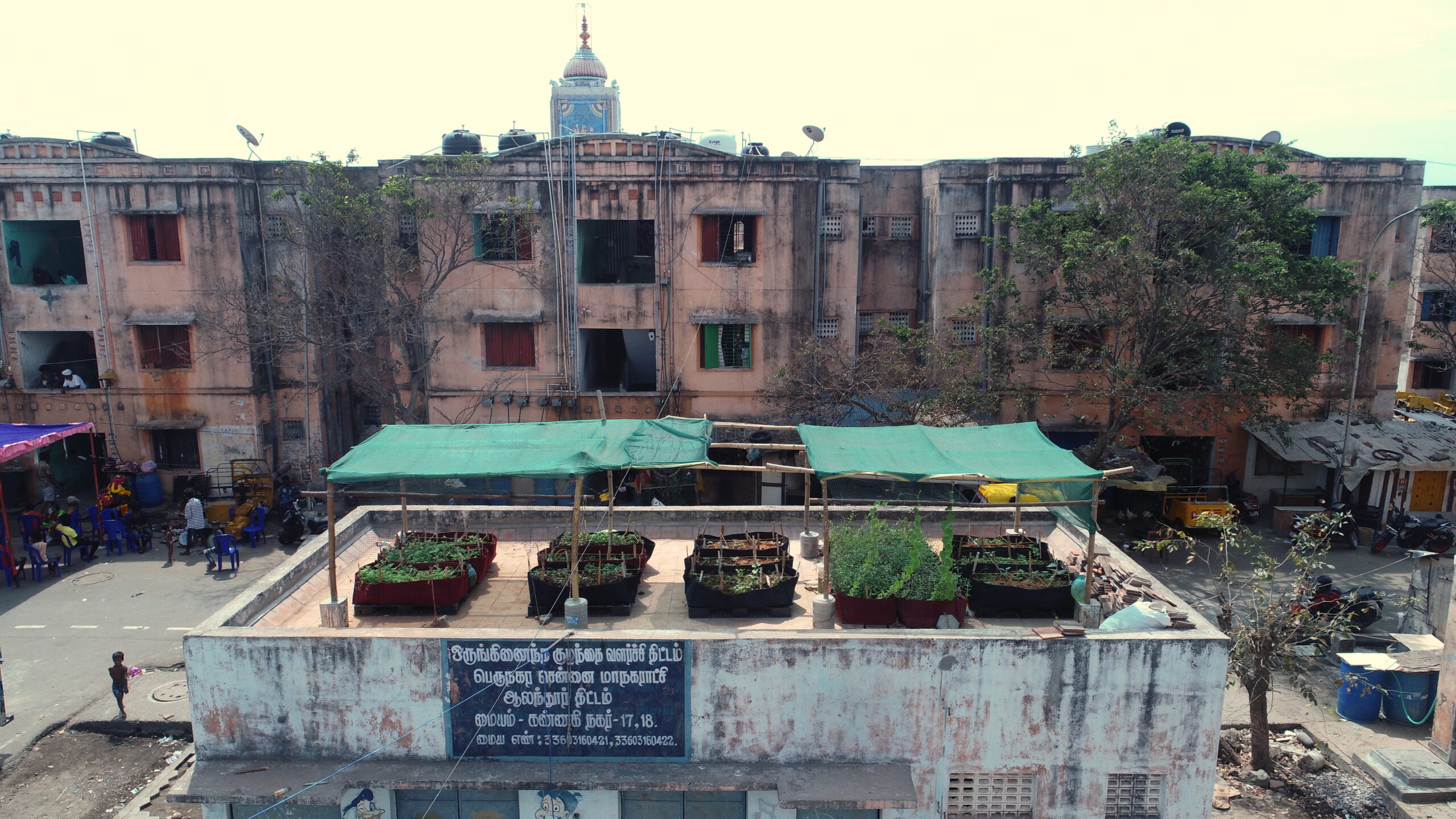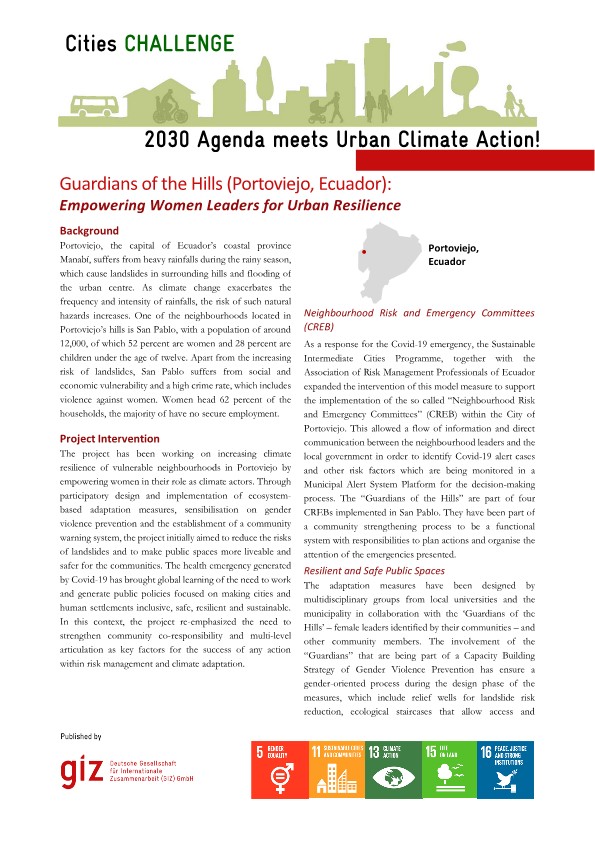India
Thermal Comfort for community buildings Supporting Informal Settlements
Coimbatore and Chennai, Tamil Nadu, India
Female residents and entrepreneurs will be primary interlocutors and problem solvers of the design solutions: through local women’s cooperatives in collaboration with academic institutions, national and local governments and other institutions dealing with housing and building materials.
Learn more about improving thermal comfort in community buildings in Chennai and Coimbatore, India.
- WHO
Tamil Nadu Housing Development Board, cBalance
- WHAT
Thermal Comfort for Community Buildings in Informal Settlements: The Urban Living Lab aimed at addressing extreme heat stress and cooling needs of community buildings (mainly child care centres) through different thermal comfort design solutions
- WHEN
October 2021 – May 2023
- WHY
The project findings will be used to advocate for policy change, ensuring that more people can benefit from low-cost thermal comfort solutions and explore linkages to job and small business creation
- GERMAN DEVELOPMENT & COOPERATION PARTNERS
Sustainable Urban Development – Smart Cities II, Sector Programme Cities (GIZ), Cities Alliance, UN-Habitat, Wuppertal Institute
- BUDGET
100 000 €
Summathi Kanagi
A teacher at ICDS centres 15 and 16 in the Kannagi Nagar district of Chennai, Tamil Nadu, India

Summathi Kannagi: “The mothers generally leave the kids here and go immediately. But now they are staying back for some more time as it is cooler and comfortable inside.”
With indoor temperatures of up to 40 °C during the summer months, the residents of the informal settlements in the coastal city of Chennai (State of Tamil Nadu) suffer from severe heat stress. 37-year-old Sumathi works as a teacher at ICDS centres 15 and 16 in the Kannagi Nagar district of Chennai: “We register all pregnant women and cooperate with the government health centres and hospitals. We educate expectant mothers about the safe and healthy birth of their child. We also provide nutritional powder to pregnant mothers and make regular home visits until the baby is born.”
All of these tasks are done inside the ICDS centres with the sun beating down on the flat roofs in full force and no air-conditioning. Sumathi feels what this means especially when she returns from one of her home visits. “We go out to monitor and educate pregnant mothers. When we come back to the centre, we feel that it is much hotter inside than outside, especially in summer. This exhausts us. It gets even worse when the fans stop working.” A common thing in summer with its frequent power cuts.
Effective measures to reduce heat
As part of the ideas competition, the Gesellschaft für Internationale Zusammenarbeit GmbH (GIZ) has commissioned the solutions hub to become active in Chennai also including the two Anganwadis where Sumathi operates. The team of cBalance installed passive cooling design solutions and mechanical operation mechanisms. The project is carried out in collaboration with national and local government as well as educational institutions.
The purpose is to address the extreme heat stress within these buildings that affects the physical and mental well-being of domestic workers, teachers, children, mothers and other staff members. The long-term goal is to achieve a temperature decrease in the interiors of at least four to five degrees Celsius.
Implementation in Sumathi’s workplace
In the Anganwadi Centre you can notice different changes Sumathi says: “One under-the-roof solution with a material like thermocool but this is done with a different material which tends to reduce the heat more.” The additional insulation has proven to be very effective. But it was not the only measure to reduce heat: „The other one is above the roof through water-filled plastic bottles.“ Vivek Gilani from cBalance explains how it works: “Discarded PET bottles are filled with water and fixed on the rooftop.
The bottles increase the thermal mass of the roof and its ability to store heat for a longer period of time before letting it seep into the house through the day.” Since the warmed-up water from the day gets cooled during the night, the bottles reverse the heat transfer process – which in turn keeps the roof cool the next morning even when the sun starts to rise.
A comfortable place for mothers during summer
The heat reduction measures not only help Sumathi and her colleagues. As a consequence, the mothers accept the Anganwadis more and more: “Generally, the attendance tends to be low in summer as parents feel that the centre would be very hot”, Sumathi reports: “But this time especially after the heat reducing measures, some mothers themselves have informed that the centre is much cooler and comfortable than it used to be.”
She has observed another change in the mothers’ behaviour, and that too has to do with the heat reduction measures: „They generally leave the kids here and go immediately. But now they are staying back for some more time as it is cooler and comfortable inside.” And since the women in the Anganwadi see that these measures work, it makes them curious: „They were even enquiring whether they will do a similar intervention in their household”, Sumathi adds.
A good solution for every household
Sumathi is firmly convinced of the benefits for the Anganwadi Centres: “It is very useful in community buildings like ICDS centres,” says the experienced teacher. „Definitely it is replicable and needed in community buildings.” Those who can afford it have air conditioning. But for people with low income, they are no option. In addition, due to the high electricity consumption, these systems contribute to global warming and only intensify the heat stress in the long run.
In Sumathi’s opinion, there is still a lot convincing still needs be done: “With respect to individual households, the owners have to feel the relevance and importance of this intervention given their conditions, especially in those households who cannot afford an air conditioner.”
Resource Hub
Factsheet India
Download the Cities CHALLENGE Factsheet from our Ressource Hub!










